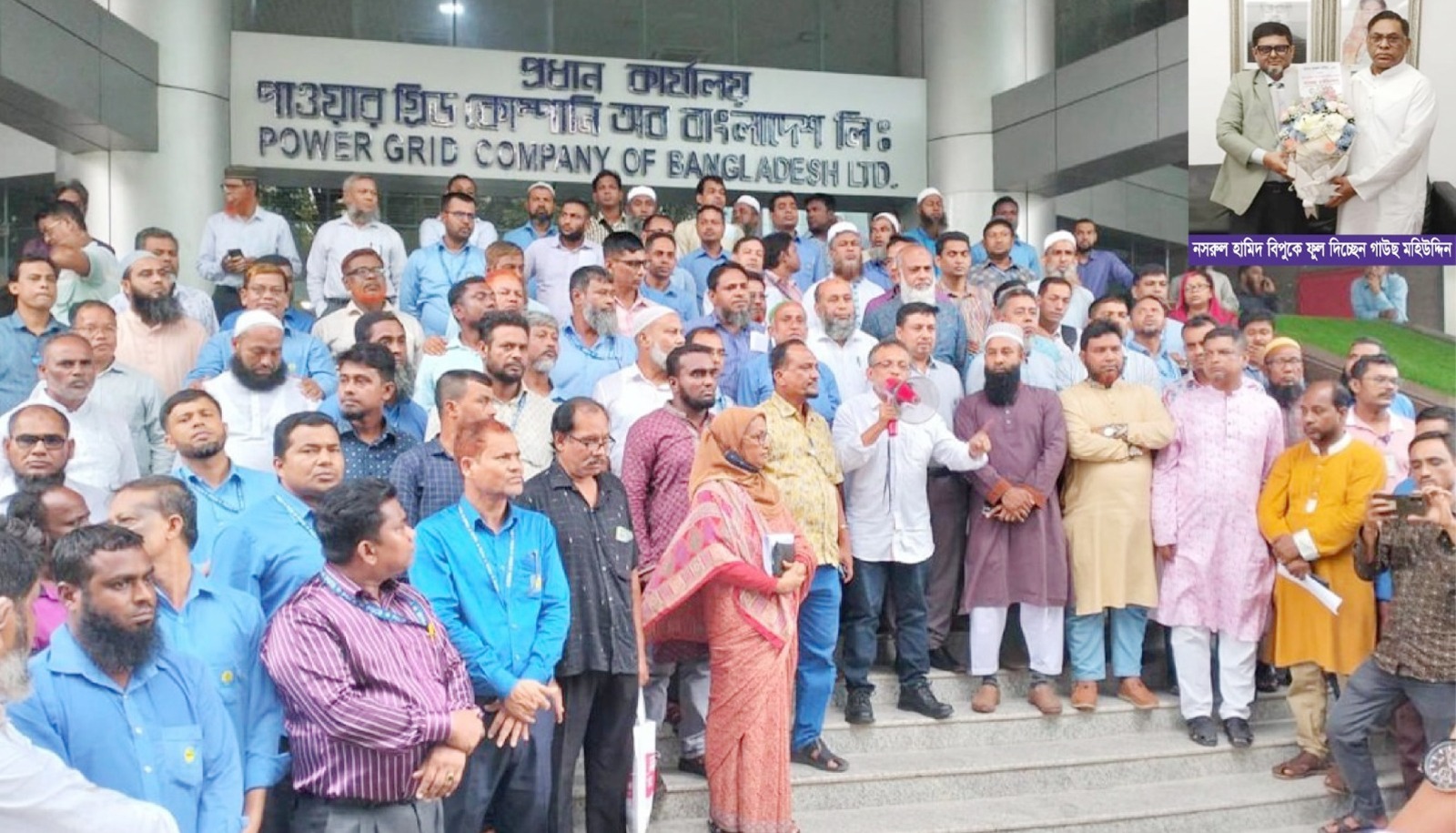
India, one of the world’s largest and fastest-growing economies, has always been at the center of discussions regarding economic reforms. Since its independence in 1947, India has taken numerous steps to reform and modernize its economy, transitioning from a highly regulated, protectionist system to a more liberalized and market-driven one. In recent years, the government has introduced several new economic reforms aimed at further boosting growth, improving the ease of doing business, attracting foreign investments, and addressing critical issues such as employment, inflation, and poverty. The latest wave of reforms has generated significant debate, with markets reacting both positively and cautiously.
This report delves into the latest economic reforms introduced by the Indian government, examining their market responses and exploring the potential short-term and long-term impacts on various sectors of the economy. The analysis focuses on policy changes in key areas such as taxation, labor laws, the financial sector, infrastructure, agriculture, and digitalization. Additionally, the report will assess the implications for foreign direct investment (FDI), job creation, social equity, and India’s position in the global economy.
The reforms introduced over the past few years build on the earlier economic liberalization policies initiated in the 1990s, when India faced a balance of payments crisis. These reforms were aimed at liberalizing the economy by reducing government control, promoting private enterprise, and integrating with the global economy.
The most recent economic reforms reflect the government’s vision to transform India into a $5 trillion economy by 2025, a goal that necessitates significant structural changes. These reforms are primarily targeted at modernizing India’s financial systems, boosting industrial productivity, enhancing labor market flexibility, and reducing bureaucratic red tape.
Some of the key reforms include:
1. Corporate Tax Cuts: The government announced a sharp reduction in corporate tax rates, bringing them down from 30% to 22% for existing companies and to 15% for new manufacturing companies. This move was aimed at making India more competitive globally and attracting foreign investment.
2. Labor Law Reforms: India has long struggled with rigid labor laws that stifled business growth. The government recently consolidated 44 labor laws into four labor codes, simplifying the regulatory landscape. These changes make it easier for businesses to hire and fire employees and encourage formalization of the workforce.
3. Financial Sector Reforms: The financial sector, which has been burdened by bad loans and a weak regulatory framework, has also seen reforms. The government has undertaken banking consolidation, merging several public sector banks to create larger, more resilient entities. Additionally, there have been efforts to improve credit availability and boost liquidity in the non-banking financial sector.
4. Infrastructure Push: The Indian government has laid significant emphasis on infrastructure development, launching the National Infrastructure Pipeline (NIP) with a projected investment of over $1 trillion by 2025. This massive infrastructure push is aimed at improving connectivity, reducing logistical costs, and enhancing industrial productivity.
5. Agricultural Reforms: The agricultural sector, which employs nearly half of India’s population, has been a focus of reforms. The government passed three farm laws aimed at liberalizing agricultural markets by allowing farmers to sell their produce outside government-regulated mandis and encouraging contract farming. However, these reforms have faced stiff opposition from farmers, leading to massive protests.
6. Privatization and Disinvestment: The government has pursued an aggressive policy of privatization, with plans to sell stakes in public sector enterprises such as Air India, Bharat Petroleum, and several others. The aim is to raise revenue, improve efficiency, and reduce the fiscal burden on the government.
7. Digitalization and Ease of Doing Business: In an effort to further digitalize the economy, India has launched several initiatives such as the Digital India campaign and the promotion of fintech innovations. Reforms to improve the ease of doing business include simplifying business registration processes, reducing tax compliance burdens, and promoting e-governance.
Market Reactions to the Reforms:
The market’s reaction to India’s new economic reforms has been mixed, with initial optimism followed by some caution. Investors have welcomed many of the changes, particularly the corporate tax cuts, financial sector reforms, and the push towards digitalization. However, some sectors have expressed concerns about the potential social impact of certain reforms, especially those related to labor laws and agriculture.
Positive Market Responses:
1. Stock Market Surge: The announcement of corporate tax cuts led to a significant rally in the Indian stock markets, with indices such as the BSE Sensex and Nifty 50 reaching record highs. Lower taxes mean higher profitability for companies, which in turn has boosted investor confidence.
2. Increased FDI Inflows: India has seen a steady rise in FDI inflows in recent years, with the reforms making it a more attractive destination for international investors. The government’s push towards improving the ease of doing business, coupled with sector-specific reforms in manufacturing, defense, and telecom, has led to increased foreign investments.
3. Infrastructure Development: The massive infrastructure push has generated optimism among businesses, particularly those in the construction, logistics, and manufacturing sectors. Improved infrastructure is expected to reduce operational costs and increase productivity, making India a more competitive global player.
4. Growth in Digital Economy: The digitalization drive has spurred growth in sectors such as fintech, e-commerce, and IT services. The COVID-19 pandemic accelerated the adoption of digital technologies, and the government’s support for digital infrastructure has been instrumental in fostering this growth.
Cautionary Reactions:
1. Concerns About Labor Law Reforms: While businesses have welcomed the increased flexibility in hiring and firing workers, labor unions and social activists have raised concerns about the potential erosion of workers’ rights. Critics argue that the new labor codes could lead to increased job insecurity, especially in the informal sector, which still employs a large portion of the workforce.
2. Farmer Protests and Agricultural Reforms: The agricultural reforms, although aimed at liberalizing the sector, have faced significant opposition from farmers. The protests have drawn attention to the deep-rooted issues in the agricultural sector, including concerns about the potential dismantling of the minimum support price (MSP) system, which provides a safety net for farmers.
3. Banking Sector Challenges: Despite the consolidation of public sector banks and efforts to improve liquidity, India’s banking sector still faces challenges. The high level of non-performing assets (NPAs) remains a concern, and there are worries about the potential fallout from a prolonged economic slowdown, which could exacerbate the bad loan problem.
Potential Impacts of the Reforms
Economic Growth and Industrial Development:
The most immediate impact of the economic reforms is likely to be seen in the form of increased industrial output and higher economic growth. The corporate tax cuts, coupled with efforts to boost manufacturing through initiatives such as “Make in India” and the Production Linked Incentive (PLI) schemes, are expected to attract both domestic and foreign investments. These reforms will likely lead to the creation of new jobs, higher productivity, and increased exports, especially in sectors such as electronics, pharmaceuticals, and automobiles.
Employment and Labor Market Dynamics:
The reforms to labor laws are expected to formalize the labor market and make it easier for businesses to scale their operations. In the long run, this could lead to higher wages and better working conditions for workers in the formal sector. However, there is a risk that the informal sector, which accounts for a significant portion of employment in India, may be adversely affected if companies opt for more flexible hiring practices that offer fewer protections to workers.
While the reforms have the potential to boost economic growth, there are concerns about their impact on social equity. The agricultural reforms, for instance, could widen the gap between large agribusinesses and small farmers, leading to increased rural distress if not implemented carefully. Similarly, labor law reforms, if not complemented by strong social security measures, could result in greater job insecurity for workers in the informal sector.
The government’s focus on infrastructure development and digitalization, however, could help bridge the urban-rural divide by improving access to services and creating new opportunities in rural areas. Investments in education, healthcare, and skill development will be critical in ensuring that the benefits of economic growth are distributed more equitably.
The reforms, particularly the corporate tax cuts and infrastructure investments, are likely to put pressure on the government’s fiscal position in the short term. The COVID-19 pandemic has already strained public finances, and there are concerns that the government may need to increase borrowing to finance its ambitious reform agenda.
In terms of inflation, the reforms in the agricultural sector could have mixed effects. On one hand, improved supply chains and market efficiency could help reduce food prices. On the other hand, the dismantling of the MSP system could lead to price volatility, especially for staple crops such as rice and wheat.
India’s new economic reforms are designed to make the country more competitive on the global stage. By improving the ease of doing business, reducing corporate taxes, and streamlining labor laws, the government hopes to position India as a manufacturing hub. The success of these efforts will depend on how well the reforms are implemented and whether they can overcome the structural challenges that have long plagued the Indian economy, such as bureaucratic inefficiencies, corruption, and infrastructure bottlenecks.
The reforms also have implications for India’s trade policy. By encouraging domestic production and reducing import dependence, India aims to become more self-reliant, a vision encapsulated in the “Atmanirbhar Bharat” (self-reliant India) initiative. However, this approach has raised concerns about protectionism, particularly with regard to tariff increases on certain imported goods. Balancing self-reliance with global trade integration will be key to ensuring that India remains a competitive player in the global market.
Financial Sector Stability and Innovation:
The reforms in India’s financial sector, especially banking consolidation and non-banking financial sector (NBFC) reforms, are expected to enhance the stability and resilience of the financial system. By creating larger public sector banks through mergers, the government aims to improve the efficiency of credit delivery and reduce systemic risks. However, the success of these reforms will depend on how effectively the banking sector addresses the issue of non-performing assets (NPAs), which continue to pose a challenge.
Additionally, the digitalization of financial services, spurred by the government’s push for a cashless economy and innovations in fintech, is likely to transform the financial landscape. Initiatives such as the Unified Payments Interface (UPI) and Aadhaar-linked services have already improved financial inclusion, bringing millions of unbanked citizens into the formal financial system. As digital transactions grow, so will the importance of cybersecurity and data privacy regulations, both of which need further strengthening.
Agricultural Sector Transformation:
India’s agricultural reforms, although controversial, are aimed at modernizing the sector and increasing farmers’ incomes by allowing them greater freedom to sell their produce directly to buyers outside government-regulated markets (mandis). By introducing contract farming and eliminating restrictions on the sale and storage of agricultural produce, the government hopes to attract private investment into agriculture and improve supply chain efficiency.
In the long term, these reforms could lead to the development of a more competitive and market-driven agricultural sector. However, the successful implementation of these reforms will depend on addressing farmers’ concerns regarding the potential dismantling of the Minimum Support Price (MSP) system, which currently provides them with a safety net. If handled poorly, these reforms could exacerbate rural distress and inequality, particularly for small and marginal farmers who may struggle to compete in a liberalized market.
Privatization and Public Sector Efficiency:
The government’s aggressive privatization and disinvestment strategy represents a significant shift in its economic policy. By selling stakes in public sector enterprises, the government aims to raise revenue, reduce its fiscal burden, and improve the efficiency of these enterprises. Sectors such as aviation (with the sale of Air India), oil and gas (Bharat Petroleum), and defense manufacturing are among the key targets for privatization.
While privatization is expected to bring much-needed capital and expertise into these sectors, it also raises concerns about job losses and the potential loss of public control over strategic industries. The success of privatization efforts will depend on how well the government can balance the need for efficiency with its social and political obligations.
Moreover, privatization is likely to have a positive impact on public sector efficiency, as private ownership tends to bring about better management practices, increased accountability, and greater innovation. However, the process must be transparent and fair, ensuring that the public sector companies being privatized are sold at a fair value and that the proceeds are used effectively for development purposes.
Infrastructure Development and Economic Growth:
The massive investment planned under the National Infrastructure Pipeline (NIP) is expected to be one of the key drivers of India’s economic growth in the coming years. The NIP outlines investments in various sectors, including transport, energy, water, and urban infrastructure. Improved infrastructure is crucial for reducing logistical costs, improving industrial productivity, and enhancing the overall business environment.
The success of this infrastructure push will be instrumental in attracting foreign investment, particularly in manufacturing. Sectors such as transportation, power generation, and renewable energy are likely to see significant gains from these investments. Additionally, better infrastructure will improve access to markets for small and medium-sized enterprises (SMEs), which play a vital role in job creation and economic development.
However, financing such large-scale infrastructure projects remains a challenge. The government will need to rely heavily on public-private partnerships (PPPs), foreign investments, and innovative financing mechanisms to ensure that these projects are completed on time and within budget. Ensuring environmental sustainability and minimizing the displacement of communities will also be important considerations in the implementation of infrastructure projects.
Long-term Outlook and Global Implications:
India’s new economic reforms have the potential to significantly transform its economy in the long term. By addressing key structural challenges, the reforms could help India sustain high levels of economic growth, create millions of jobs, and improve living standards for its citizens. However, the success of these reforms will depend on several factors, including political will, efficient implementation, and the ability to address social inequalities.
Positioning India in the Global Economy:
India’s new economic reforms, particularly those aimed at boosting manufacturing and infrastructure, are designed to position the country as a key player in global supply chains. The government’s focus on reducing import dependence and promoting domestic production, especially in high-tech sectors such as electronics, defense, and pharmaceuticals, could make India a more attractive destination for global manufacturers.
India’s participation in multilateral trade agreements and its relationship with major trading partners such as the United States, the European Union, and China will also play a crucial role in determining its global competitiveness. As India seeks to become more self-reliant, it will need to strike a balance between protectionist policies and maintaining open trade relationships.
Foreign Direct Investment (FDI) and Strategic Partnerships:
India’s economic reforms, particularly those related to improving the ease of doing business, are expected to attract higher levels of FDI in the coming years. Sectors such as manufacturing, telecommunications, defense, and renewable energy are likely to see increased interest from foreign investors. The corporate tax cuts, labor law reforms, and infrastructure development are key factors that will enhance India’s attractiveness as an investment destination.
Moreover, India’s strategic partnerships with countries such as Japan, the United States, and Australia, as well as its participation in initiatives such as the Quad, could help attract investment in critical sectors such as defense manufacturing, technology, and clean energy. These partnerships will be instrumental in helping India meet its economic and security goals while strengthening its position in the global geopolitical landscape.
Potential Challenges and Risks:
While India’s economic reforms hold great promise, there are several risks that could hinder their success. Political opposition to certain reforms, such as the agricultural laws and labor codes, could slow down the pace of implementation or lead to policy reversals. Social unrest, particularly among workers and farmers, could also create challenges for the government.
Additionally, external factors such as global economic uncertainties, trade tensions, and geopolitical conflicts could impact India’s growth trajectory. The COVID-19 pandemic has already demonstrated the vulnerability of global supply chains, and future disruptions could affect India’s ability to attract foreign investments and integrate with global markets.
The government will also need to manage its fiscal position carefully, as the cost of implementing these reforms, combined with the impact of the pandemic, has put pressure on public finances. Rising public debt and fiscal deficits could limit the government’s ability to invest in critical areas such as infrastructure, healthcare, and education.
India’s new economic reforms represent a bold and ambitious attempt to modernize the country’s economy and position it as a major global player. By addressing key structural challenges in areas such as taxation, labor laws, agriculture, and infrastructure, these reforms have the potential to drive economic growth, attract foreign investment, and create millions of jobs.
However, the success of these reforms will depend on how well they are implemented and whether the government can address the concerns of key stakeholders, particularly workers and farmers. The reforms must be accompanied by strong social security measures, investments in education and healthcare, and efforts to reduce inequality.
In the long term, India’s economic reforms could transform the country into a more competitive, resilient, and inclusive economy. With careful management and a focus on sustainable development, India has the potential to emerge as a global economic powerhouse, capable of meeting the challenges of the 21st century.

 Md. Anas Ebna Arfin (Nibir)
Md. Anas Ebna Arfin (Nibir) 
























